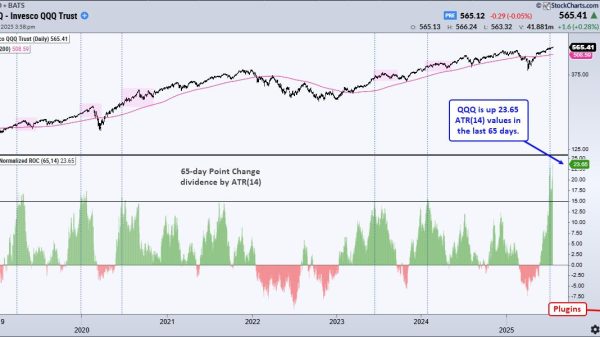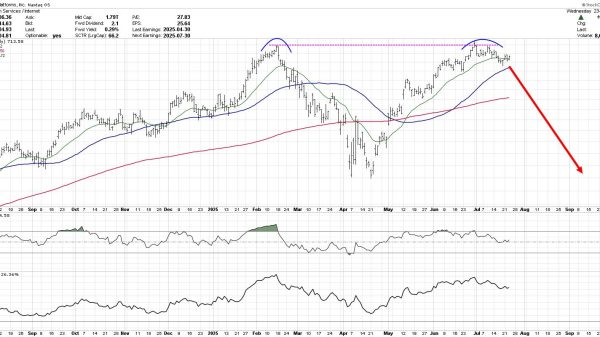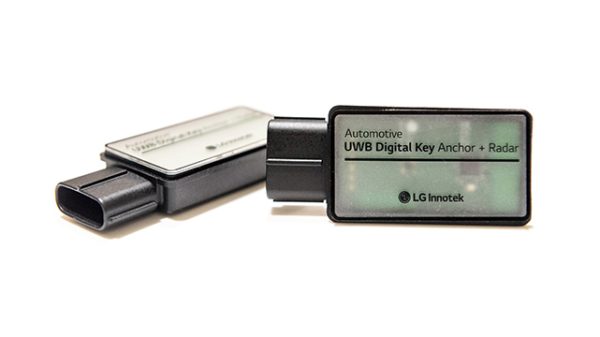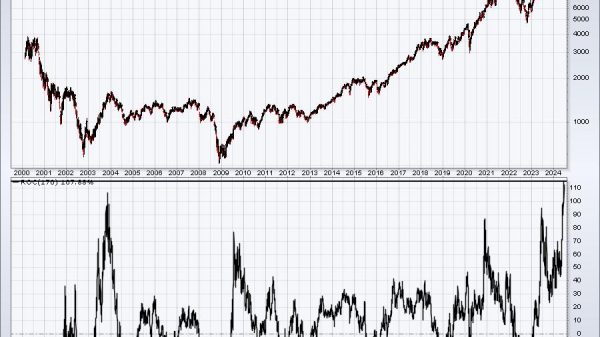Klarna is in focus this morning after reporting a rather steep year-on-year increase in its quarterly loss to $99 million.
In Q1 of last year, the financial technology company had lost $47 million.
Klarna’s first-quarter update arrives shortly after the buy now, pay later firm hit pause on its plans of going public in the US.
Its highly anticipated IPO was once expected to fetch a valuation of as much as $15 billion.
That said, the SoftBank-backed name remains committed to its US initial public offering, and its sharply higher-than-last year’s quarterly loss shouldn’t discourage investors from participating in the upcoming offering.
Let’s explore why.
Why Klarna’s Q1 loss is not a big deal
Klarna saw its loss more than double on a year-over-year basis in the first quarter.
However, much of its Q1 weakness was related to one-off costs only.
These included depreciation, share-based payments, and the recent restructuring – none of which signal ongoing operational challenges.
So, it’s fair to assume that Klarna’s inflated loss will likely prove temporary only, while the long-term financial health of the BNPL giant remains sound in 2025.
Additionally, investors should keep Klarna’s upcoming IPO on their watch list also because the fintech continues to grow its revenue by double-digit percentages amidst a volatile macroeconomic backdrop.
In Q1, Klarna saw its revenue pop by another 13% on a year-on-year basis to $701 million, further substantiating the narrative that its long-term stature remains upright.
Klarna continues to grow its user and merchant base
Also, a positive that came out of Klarna’s first-quarter update this morning was the pace at which it’s onboarding new users.
The buy now, pay later specialist ended its Q1 with 100 million active users while the number of merchants on its network globally grew to 724,000.
Klarna now has operations across 26 countries.
Another reason that could drive investors to Klarna stock once it goes live in the US is its swing to an adjusted profit of about $3 million in the first quarter, up sharply from a loss of $2 million a year ago.
“While we continue to see broad-based adoption of our commerce network, Klarna remains well-positioned to adapt swiftly if required,” the BNPL company said in its press release today.
Should you invest in Klarna’s US IPO in 2025?
Despite market turbulence stemming from the Trump administration’s tariff measures imposed broadly in early April, recent IPOs such as CoreWeave and eToro suggest that investor appetite for new listings has returned in 2025.
In that context, Klarna appears well-positioned to deliver a similarly high-profile debut.
The buy-now-pay-later firm has reported strong revenue growth and an expanding user base, while also leveraging artificial intelligence to streamline operations, cutting its workforce by about 40% this year.
These factors could help position Klarna’s IPO as another potential blockbuster.
The post Should Klarna IPO remain on watch list after sharp increase in Q1 loss? appeared first on Invezz
























